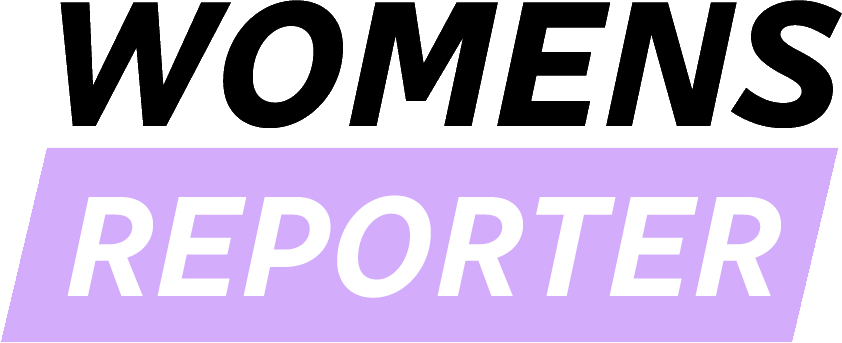Washington, D.C., June 22, 2025 — June has become a pivotal month in the corporate calendar as organizations around the globe embrace World Workplace Well‑Being Month, an international initiative that champions employee health and happiness as central to organizational success. Spearheaded by the Global Wellness Institute (GWI), the 2025 campaign has placed a spotlight on key themes including brain health, recovery, social connection, and the responsible integration of artificial intelligence (AI) within employee support programs.
The GWI, a nonprofit organization dedicated to empowering wellness worldwide, has called on businesses to shift from superficial wellness gestures to comprehensive, systemic strategies that are embedded into the very structure of their operations. The emphasis this year is clear: wellness is no longer an optional benefit, but a strategic imperative.
Among the most prominent trends highlighted during this year’s initiative is the prioritization of brain health, recognizing the cognitive load modern workers face amid increasingly complex demands. GWI points to initiatives that help manage stress, improve focus, and support neurological well-being as essential components of a high-functioning, humane workplace.
Equally emphasized is the concept of recovery—moving beyond breaks and time off to create cultures that actively support daily rest and recuperation. This includes leadership modeling of recovery behaviors and structural changes that allow employees to recharge regularly without stigma or penalty.
The importance of social connection has also taken center stage. As hybrid and remote work environments continue to evolve, fostering meaningful interpersonal interactions has become a key pillar in sustaining team cohesion and emotional health. GWI warns that workplace isolation is increasingly linked to reduced engagement and higher turnover, making connection strategies a core part of retention efforts.
Another trend gaining traction is the ethical use of AI in wellness programming. While AI has the potential to personalize support and streamline services—such as automating mental health check-ins or identifying early signs of burnout—it also raises concerns around privacy, fairness, and over-reliance. The GWI advises organizations to implement AI with caution and oversight, ensuring technology serves to enhance rather than replace human-centered care.
Throughout June, companies and wellness leaders have engaged in a series of dynamic events designed to stimulate dialogue and share best practices. A standout moment occurred during a LinkedIn Live webinar on June 14, featuring workplace wellness advocates Laura Putnam and Jennifer Moss. The discussion, titled “Why Are We Here?”, challenged traditional productivity models and emphasized the shift toward human-centered work environments.
Putnam, a recognized workplace wellness strategist, urged leaders to reconsider how workplace design impacts daily behavior. “We can’t keep asking individuals to change in environments that don’t support that change,” she said during the session.
Moss, author of The Burnout Epidemic, echoed the sentiment, stressing that systemic solutions—not individual coping mechanisms—are essential for reversing rising burnout rates. “We often put the onus on employees to fix their mental health, but without structural changes, we’re setting them up to fail,” she noted.
Beyond the webinar, GWI supported a global calendar of live and virtual events that covered topics ranging from psychological safety and digital wellness to inclusive leadership and sleep optimization. These sessions were tailored for decision-makers, HR professionals, and wellness champions looking to embed actionable insights into their organizations.
As the month comes to a close, GWI has called on companies to document and share their progress. The organization encourages the use of measurable key performance indicators (KPIs) to track outcomes related to physical and mental health, such as absenteeism, engagement scores, and stress levels.
This push for accountability is part of a broader effort to ensure that wellness strategies are not confined to annual campaigns. Instead, the goal is to create long-term cultural shifts, where employee well-being is woven into policies, leadership expectations, and daily operations. Companies are being urged to publish well-being impact reports by the end of June, signaling their commitment to transparency and continuous improvement.
GWI’s workplace well-being initiative continues beyond June, with an editorial calendar that focuses on thematic areas throughout the remainder of 2025. Upcoming topics include financial resilience, digital overload, men’s health, and holistic stress management—each aimed at helping organizations build resilient and equitable systems of support.
As AI tools grow more prevalent and hybrid work reshapes team dynamics, the GWI underscores the importance of aligning technological innovation with human values. The future of work, they assert, must prioritize not just efficiency, but empathy and equity as well.
In a post-pandemic world still grappling with mental health challenges, workforce disengagement, and shifting labor dynamics, the message from June 2025’s initiative is clear: the health of an organization’s people is inseparable from its performance. Companies that invest in sustainable well-being strategies not only enhance employee satisfaction—they also strengthen resilience, innovation, and long-term profitability.
For organizations striving to adapt, this year’s World Workplace Well‑Being Month offers not just inspiration, but a practical blueprint for making well-being a business priority.
